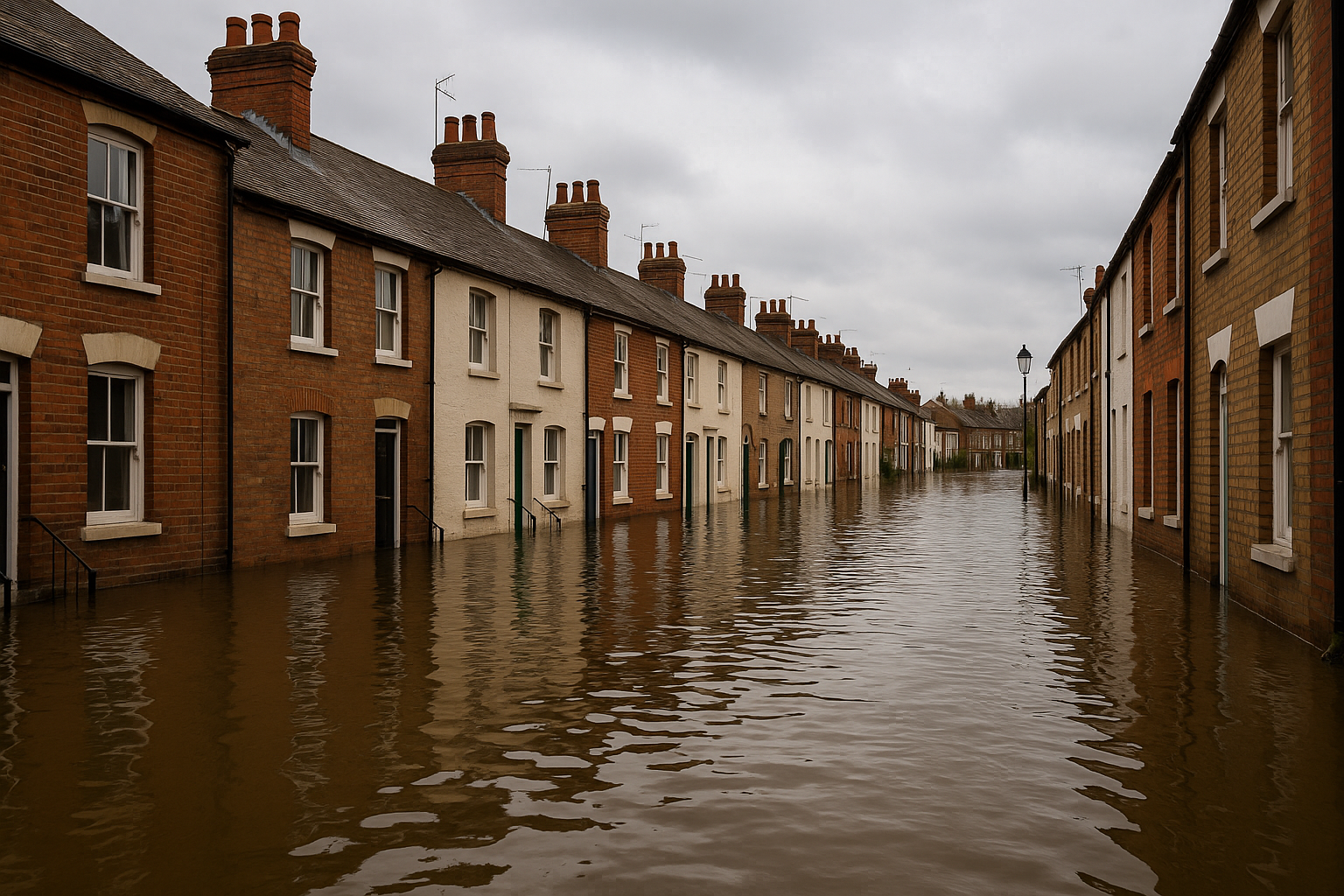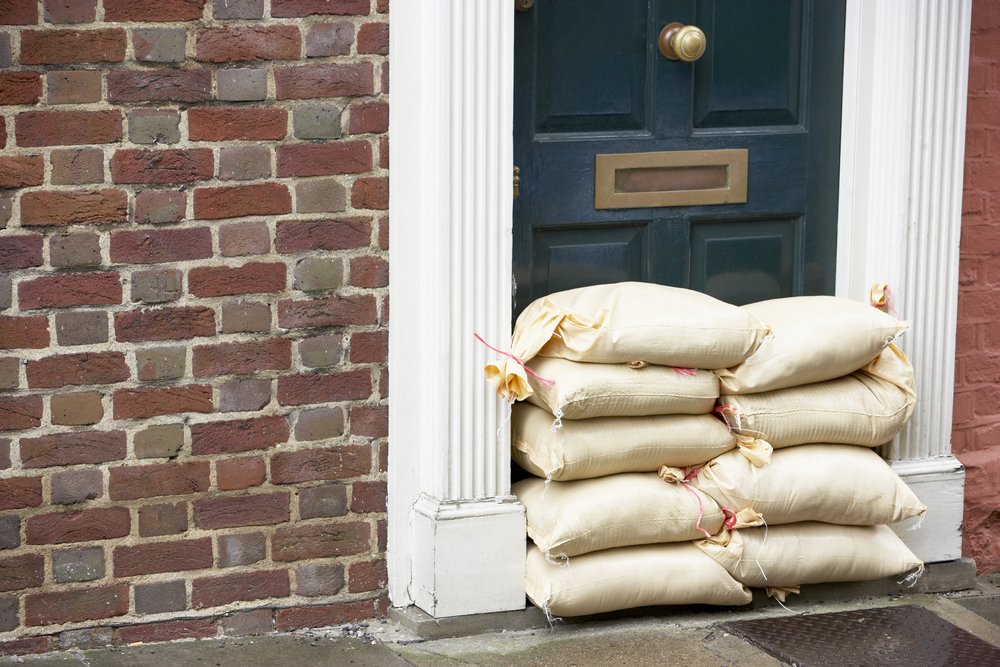


Home flood claims – Flooding is one of the most devastating experiences a homeowner can face emotionally and financially. Beyond the immediate damage, navigating the flood insurance claims process requires understanding and preparation to ensure you receive the settlement you’re entitled to. With weather events becoming more severe, this has unfortunately become a reality for many.
We’ll cover everything you need to know about flood insurance claims, from understanding your policy and the first steps after flooding to documenting damage, working with adjusters, and even preventing future floods. By following these steps, homeowners and property managers can transform a complex process into a manageable one.
Record-Breaking Claims
Rising Costs and Payouts
Changing Trends
Insurance Coverage Gaps
Financial Impact on Homeowners
Before disaster strikes, it’s crucial to be familiar with the ins and outs of your flood insurance policy. Many policyholders don’t fully understand their coverage, which can result in unpleasant surprises during the claims process.
Flood insurance typically covers costs associated with property damage caused by flooding.
This generally includes structural damage to your home, electrical and plumbing systems, and personal belongings up to a certain limit.
Common Exclusions
However, some areas may not be covered by standard flood policies, including:
Review your policy details regularly and clarify any exclusions with your insurer to avoid costly surprises.
Your home’s location within a flood zone significantly determines your premiums and coverage limits. For example, homes in high-risk areas may have stricter terms or higher deductibles. Ensure you’ve assessed your home’s flood risk and adjusted your policy accordingly.
Pro tip: Make it a habit to review your flood insurance policy annually, especially after major life or property changes.
What Oakleafe Clients Say:

The first steps after flooding can significantly impact both your recovery process and the success of your claim. Acting quickly – while maintaining safety – is essential.
Stay Safe First
Notify Your Insurer Promptly
Once you’re safe, contact your insurance company’s emergency claims line. Initiating the claim without delay ensures faster processing.
When notifying your insurer:
Start the Claim Process
Detailed documentation is critical for strengthening your flood insurance claim. This step ensures you’ll have the evidence needed to justify compensation.
Photograph Everything
Create an Inventory List
Gather Proof of Ownership
Digital Documentation
Tips for Effective Documentation

Once your insurance company is notified, they’ll assign a loss adjuster to evaluate your claim. For complex claims it is recommended you hire a loss assessor to represent your interests.
These specialists are responsible for assessing the damage and determining the payout – a loss adjuster works for your insurer, whilst a loss assessor works only for you.
A loss adjuster will:
Loss adjusters are there to evaluate claims on behalf of the insurance company, not the homeowner, so be thorough and professional:
Once you’ve completed the initial claim process, the next step is to start repairs and mitigate additional property damage.
Safe Temporary Repairs
While waiting for final claim approval, carry out temporary repairs to secure your home, such as placing tarps over damaged areas or removing hazardous debris. Keep all repair receipts included in your claim.
Hiring Reputable Contractors

When your insurance company presents a settlement offer, thoroughly understand the breakdown of costs and what’s included.
Reviewing Your Settlement
Appealing Denied Claims
Denied claim? Don’t panic. Common reasons include a lack of documentation or items falling under exclusions. Submit an appeal letter detailing why their ruling is incorrect. Enlist legal assistance if necessary.
No one wants to go through the stress of flood damage twice. Take proactive measures to protect your home.
Floodproof Your Property
Invest in Flood Defence Measures
Leverage Community Resources
Check with local councils regarding flood prevention programs or subsidies available for protective measures.
Dealing with flood damage and the insurance claim process isn’t easy, but it’s more manageable with thorough preparation and understanding.
By knowing your policy, documenting damage properly, and staying proactive during settlement discussions, you can minimise financial losses and recover faster.
Oakleafe Claims have represented policyholders and managed their insurance claims since before the First World War. We have vast expertise and experience in both domestic and commercial insurance claims with thousands of satisfied policyholders who have received their deserved insurance settlement.



Please complete the form and one of our insurance claim professionals will call you back ASAP